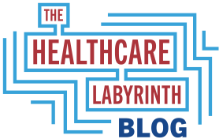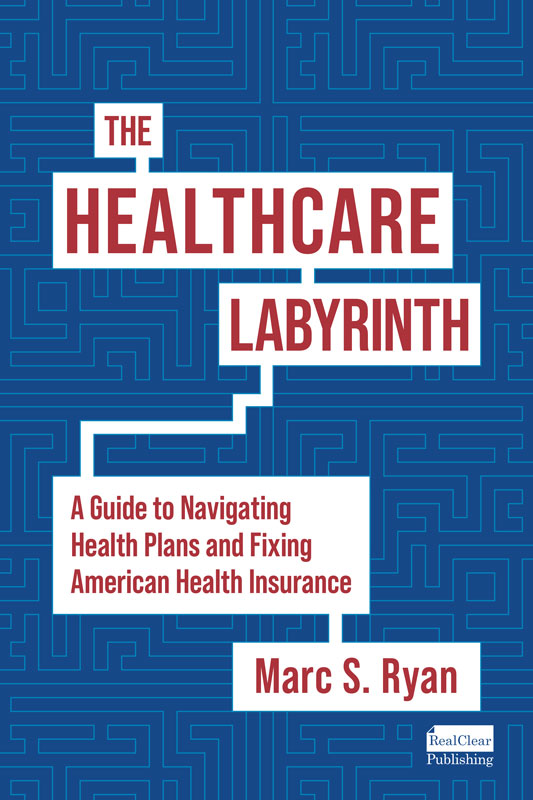As a result of the Inflation Reduction Act (IRA), major changes are occurring in the Medicare Part D retail drug program. Here is my best effort to explain the changes.
Phases of the program
It is first important to understand the four phases of the program. Figures change from year to year with inflation so I am outlining the 2024 phases here.
Deductible Phase: Here, the Part D member is required to cover all costs of his or her drugs up to the deductible amount. In 2024, the deductible amount is set at $545. But remember that both standalone Part D plans (PDPs, who enroll beneficiaries in Medicare Advantage (MA) Part C Only plans or traditional Medicare fee-for-service (FFS)) and MA-Part D plans can lower the deductible in their benefit design. Some even eliminate it for some or all drugs.
Initial Coverage Phase: Here, costs are split between the plan and the member. Plans pay about 75% of the costs and members 25%. But cost-sharing varies by drug in most PDPs and MA-PDs. Plans will charge small, fixed co-pays for lower costs drugs and usually a percentage of overall costs for higher priced ones. This phase starts after your deductible is covered and lasts until the total costs of drugs hits $5,030 in 2024.
Coverage Gap Phase: This phase is a bit of a misnomer today. Since 2006, more and more subsidies have been provided in this phase to lower members’ costs. Members typically pay about 25% of the cost of each drug. Drug plans generally pay about 75% of generic drugs and 5% of brands. Brand drug makers pay a 70% discount for brand drugs. In 2024, the coverage gap begins at $5030 in total costs of drugs and lasts until member out-of-pocket costs hit $8,000. Sounds like a lot, but the 70% brand drug maker discounts count toward the $8,000 figure. As such, members will pay about $3,300 in real out-of-pocket costs before reaching the catastrophic phase. The $8,000 number also is equivalent to about $12,500 in total drug spend when the catastrophic phase hits.
Catastrophic Phase: New this year, the IRA eliminates the 5%cost-sharing for members in this phase. Plans now pay 20% of costs in this phase and Medicare pays 80%.
It is important to remember that the Low Income Subsidy (LIS) Program picks up most of the cost-sharing for low-income members. The program goes up to 150% of the federal poverty limit (FPL) and cost-sharing differs based on income, with the poorest paying low or zero co-pays. As well, there really is no concept of a Coverage Gap for LIS members.
So what are the IRA changes in the Part D program?
2023:
The costs of insulin was capped at no more than $35 per month.
For Part D and B drugs, manufacturers have to pay an additional rebate or penalty if drugs increase beyond a set threshold for inflation. Members also receive relief when these drugs exceed inflation limits.
2024:
The 5% cost-sharing for members in the Catastrophic Phase was eliminated, with Part D plans paying the 5% amount.
The partial Low Income Subsidy Program was eliminated by extending the full program from 135% to 150% of the federal poverty limit. Those who were previously in the 135%-150% category will receive full benefits. The program continues to have tiered cost-sharing but the deductible and higher cost-sharing in the partial program is now gone.
2025:
Elimination of the Coverage Gap phase. There will no longer be a per drug 25% cost-sharing for members. The initial phase essentially is extended into the Catastrophic Phase and members will pay their Initial Phase copays or cost-sharing in the benefit for brands and generics.
A new cap of $2,000 on out-of-pocket spending. Based on how the program works, with the elimination of the catastrophic cost-sharing, a person in 2024 is currently capped at about $3,300. So this is a significant reduction.
Members can choose to elect into a program with their Part D plan to spread their estimated monthly cost-sharing over 12 months. I wonder how helpful this will be. It amounts to a significant administrative cost to plans and pharmacy benefits managers (PBMs). Getting the word out is hard and there is no point-of-service option to enroll at this time.
Costs in the Catastrophic Phase are moved from Medicare to Plans and Brand Drug Manufacturers. Medicare’s direct costs drop from 80% to 20%. Plans will move from 15% to 60% in the phase. There will be a 20% discount from brand drug makers. This addresses rising reinsurance costs for Medicare.
In another change, in the initial phase, brand drug makers have to give a 10% brand discount in addition to rebates negotiated with plans. Thus, a plan’s obligation for brand costs drop to 65% from 75%
2026:
And of course, the first ten Part D drugs will have their prices lowered or fixed after a years-long process of offers and negotiation. This is ongoing now.
#medicare #partd #pdp #medicareadvantage #ira #branddrugmakers
— Marc S. Ryan





